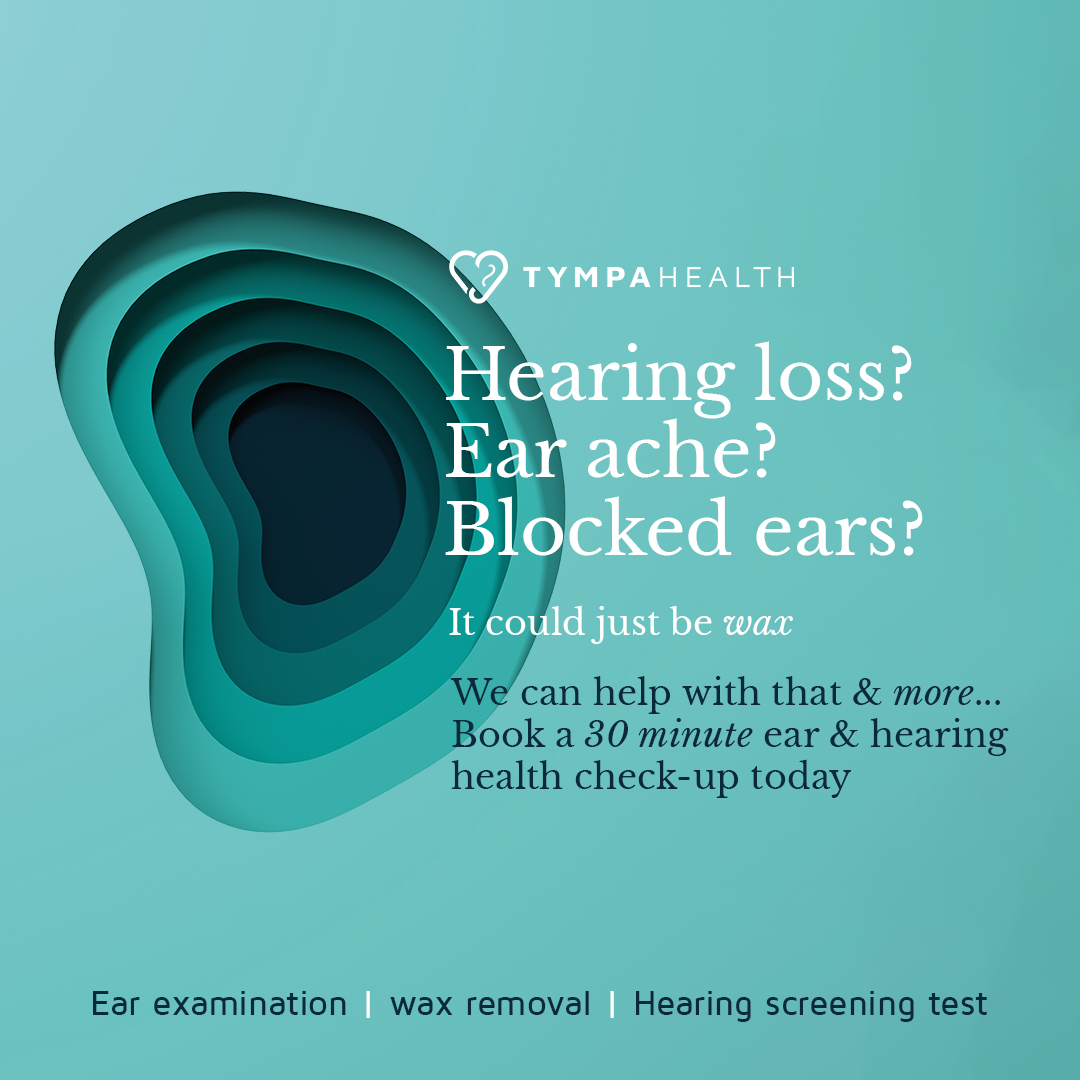Ear wax microsuction service:
Treatment Prices- June 2023
- Consultation fee (no wax found/microsuction not needed): £25.00
- Ear Microsuction service: £65.00
- hearing loss
- ear pain
- itching
- odour or discharge
- dizziness
Microsuction
Why is microsuction better?
- Safer
- Quicker
- Cleaner and neater
- Generally better tolerated, with less side effects
- More effective and likely to need only one appointment
- Doesn’t need weeks of waiting for drops to soften the wax
- Microsuction may still be possible for people who struggle to use oil prior to treatment
What to expect from ear microsuction
How it works
Everything you need to know
Prior to the procedure
During the appointment
- A comprehensive medical history will be taken
- Microscopic examination of the inner ear canals and ear drums
- Gentle removal of the earwax with a surgical Microsuction unit. The Pharmacy team will use our Tympahealth system to exam your ear. There may be an occasional mild ‘pop’ as the wax is sucked through the probe. Generally, the appointment will be painless.
- Better hearing and healthy ears
Post treatment advice
Treatment Prices
- Consultation fee (no wax found/microsuction not needed): £25.00
- Ear Microsuction service: £65.00
- You will be required to pay in full at the pharmacy immediately prior to the procedure taking place.
- The cost will include one follow up visit within 7-10 days after 1st visit- if we feel a further follow up is required.
If we are unable to complete your treatment on your first visit, you may be offered a further appointment within 4 weeks of your initial consultation, free of charge. If we are unable to complete a successful procedure you will be returned to the care of your GP who can refer you for further specialist help.
Frequently asked questions:
Do I need a medical referral for microsuction?
What is the difference between microsuction and syringing?
Does microsuction hurt?
In nearly all cases, ear wax removal by microsuction does not hurt at all. It can be noisy, but not a lot more than a hand dryer or vacuum cleaner.
How successful is microsuction?
Is microsuction safe?
- Minor bleeding
- Soreness
- Mild discomfort
- Short-term ringing in the ear (tinnitus)
Will microsuction definitely restore my hearing?
While hearing loss can be due to blockage of the ear canal by ear wax, it is not the sole reason people experience temporary, sudden or prolonged, permanent hearing loss. Microsuction will remove the majority of ear wax, if not all, and so can only restore your hearing to whatever level it was at before you got an ear wax blockage.
How often should one have microsuction to remove ear wax?
This varies between individuals. Some develop a lot of wax in their canals with subsequent blockage as often as every 3-6 months. In patients with hearing aids, it is recommended to clear the ear canal every 4-6 months if there is a proneness to wax build-up. Microsuction can be carried out as often as necessary.
How long will my appointment be?
From what age can I have microsuction?



